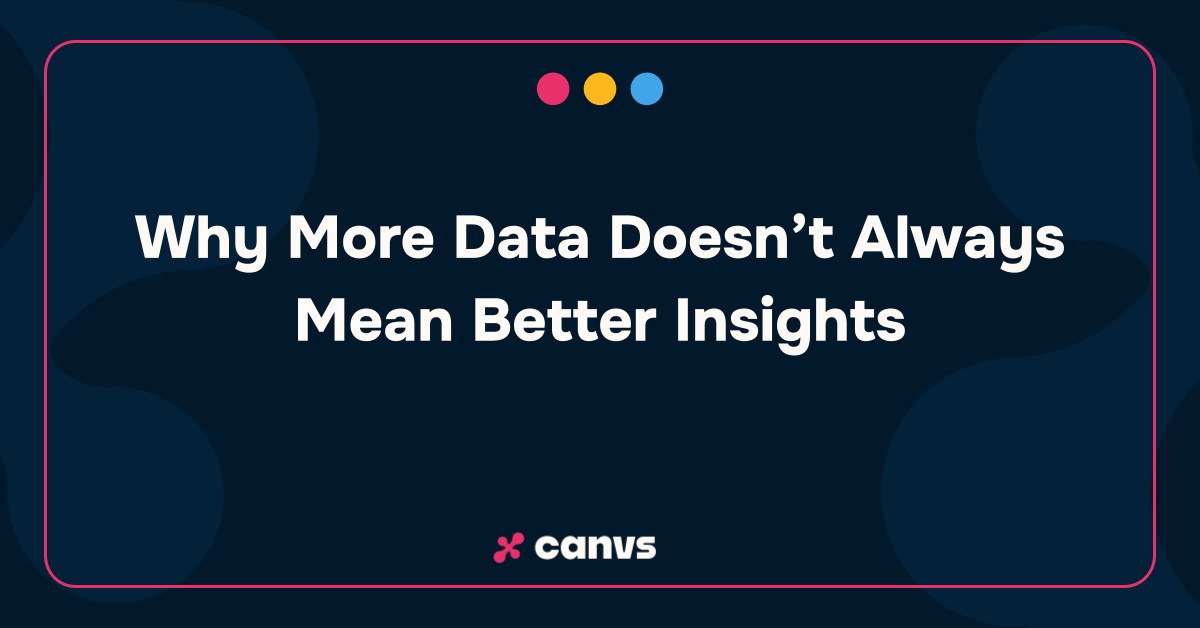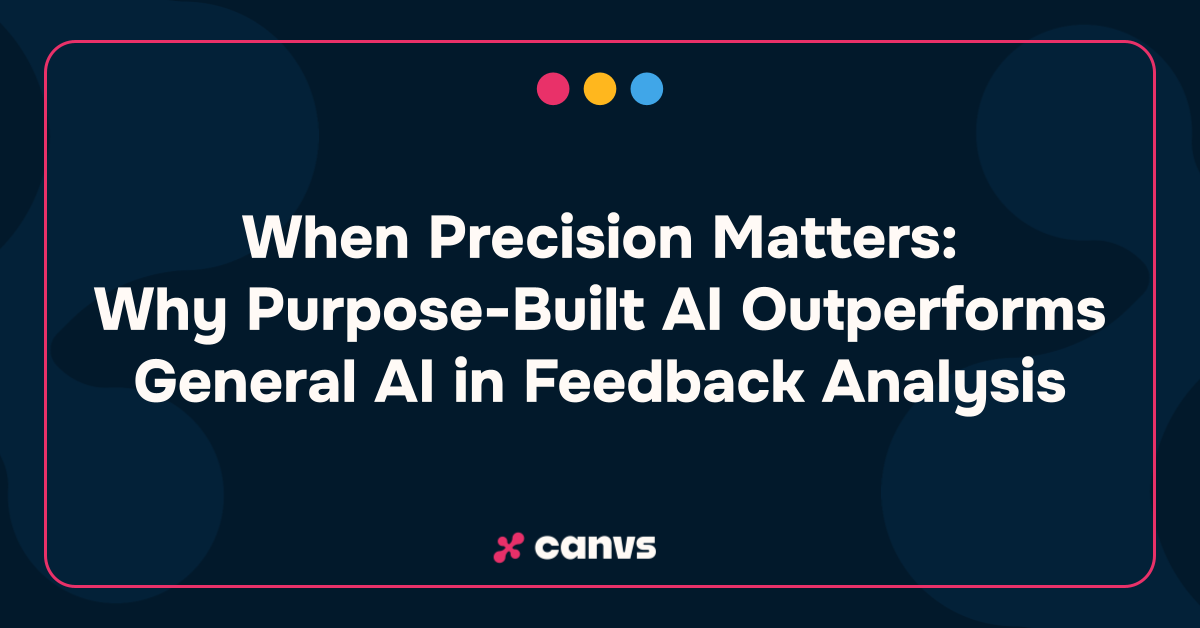In today’s business environment, data is both a blessing and a burden. The prevailing assumption is that more data equals better decisions. But as any seasoned researcher knows, that’s not always true.
The real magic of insight doesn’t come from the quantity of data. It comes from the intersection of human curiosity and analytical precision, where algorithms surface patterns and people turn them into stories that move a business forward.
The Data Paradox: When “More” Becomes “Too Much”
Over the past decade, organizations have invested heavily in data infrastructure. They’ve built dashboards, integrated APIs, and automated reporting. But these systems can sometimes trap insights professionals in a cycle of analysis paralysis. With so many metrics and sources to track, teams spend more time wrangling data than understanding it.
This is the paradox of modern research: companies have never had more access to data, yet many feel further away from truly understanding their customers. The challenge then isn’t about data collection anymore but about data connection. How do we turn unstructured feedback, survey responses, and social commentary into meaningful narratives that drive decisions?
The Human Element in an Automated World
AI and automation have transformed how we process information but they can’t replicate human intuition. A machine can detect patterns, but it can’t feel empathy. It can surface correlations, but it doesn’t understand context.
This is where insights professionals truly shine, not as a data technician but as a translator between the customer’s world and the organization’s strategy. As technology handles the heavy lifting of analysis, human curiosity can focus on strategy: asking better questions, uncovering the “why” behind behaviors, and identifying opportunities for action.
At its best, this partnership between humans and machines creates a new type of intelligence. One that’s both scalable and deeply human.
Turning Insights into Influence
For insights teams, the goal isn’t just to analyze data but to also influence business outcomes. That means connecting insights to decisions that matter across stakeholders including marketing, product, and customer success.
Effective teams do this by creating a culture of storytelling around data by framing insights in a way that resonates with decision-makers. They move from delivering findings to shaping strategy.
Technology can empower this evolution by simplifying analysis and highlighting what deserves attention. With the right tools, insights teams can spend less time sorting customer feedback or cleaning survey data and more time interpreting what customers mean.
Building a Modern Insights Function
To build an insights practice that thrives in the era of AI, organizations need three core capabilities:
- Unified understanding of customer feedback – Centralize data from surveys, social media, reviews, and communities to eliminate silos.
- Automated analysis that respects human nuance – Use AI to process unstructured text quickly, but ensure humans remain in the loop to validate and interpret.
- Actionable storytelling – Equip teams with tools to visualize and share insights in ways that influence decisions across teams.
When these elements come together, insights teams transform from reactive data processors into strategic advisors.
How Canvs Helps
At Canvs, this philosophy shapes everything we build. Our customer intelligence platform helps insights professionals bridge the gap between data analysis, storytelling and business action. By combining powerful natural language processing with an intuitive workflow, we help teams uncover emotions, themes, and intent hidden in open-ended feedback faster and with greater accuracy.
Discover what Canvs can do for your team. Book a personalized demo today: canvs.ai/demo



